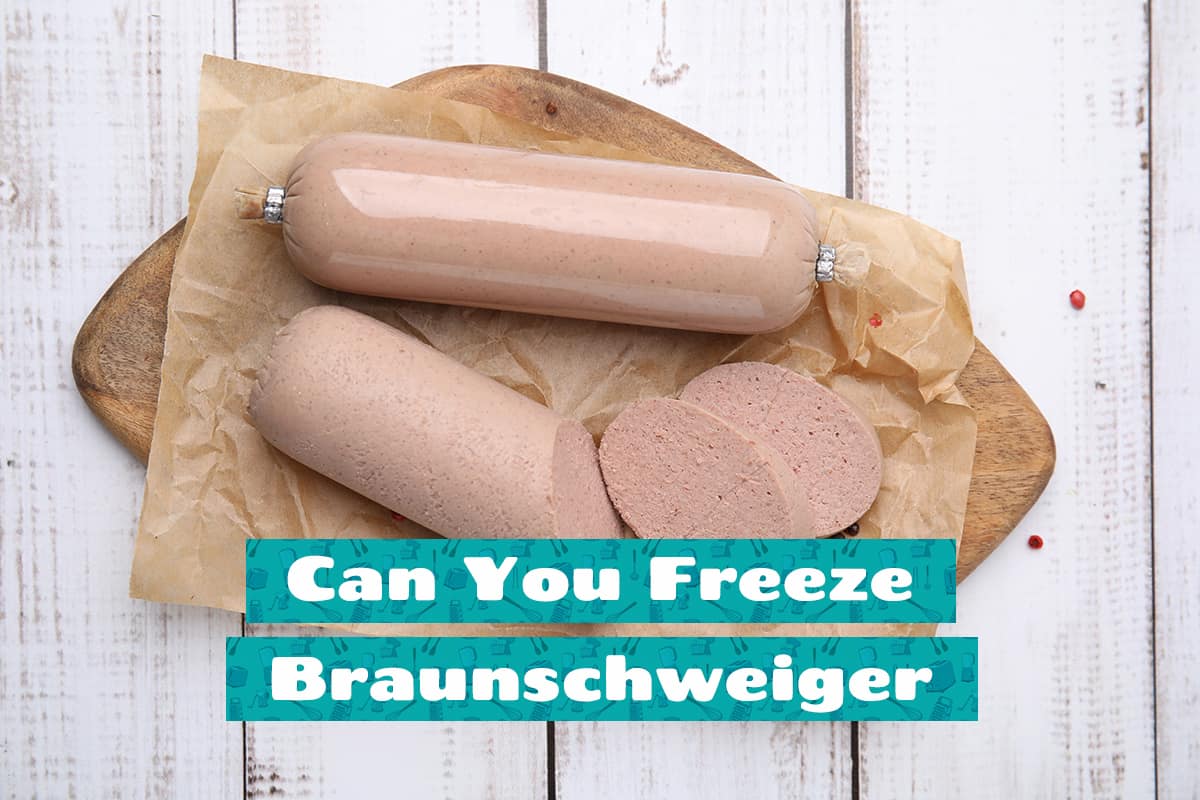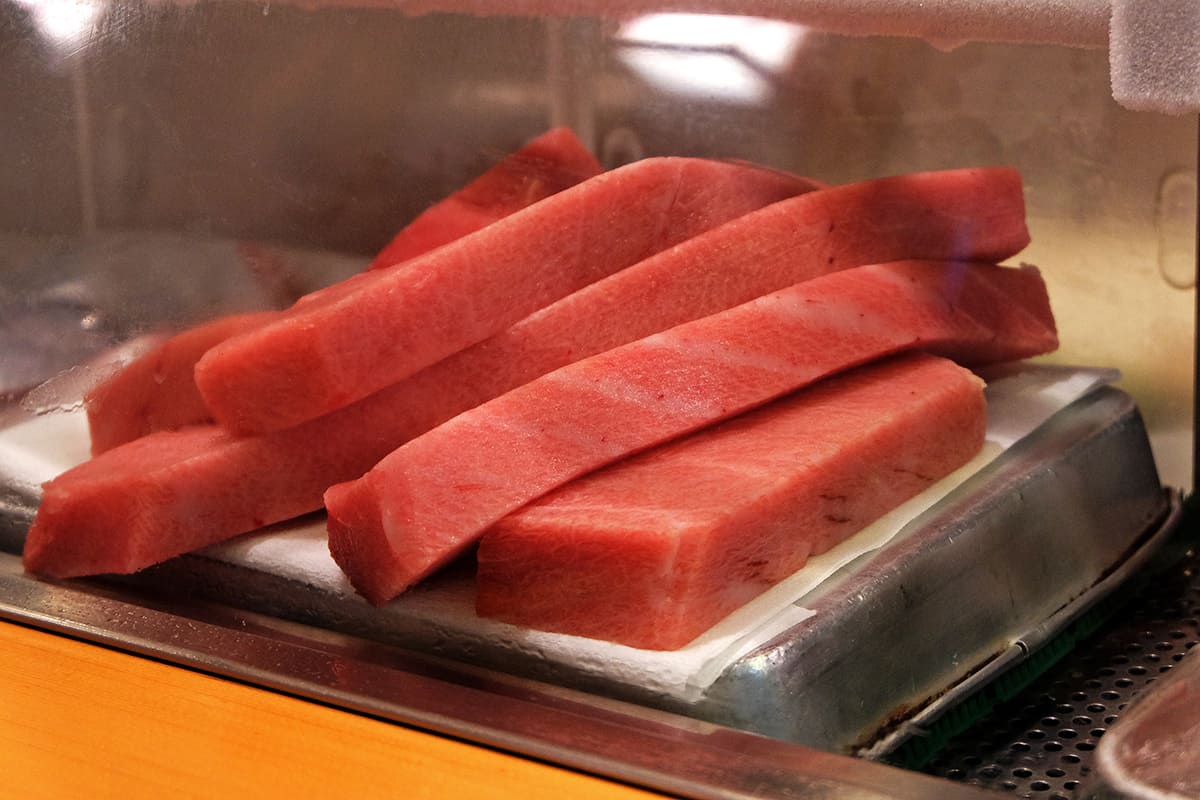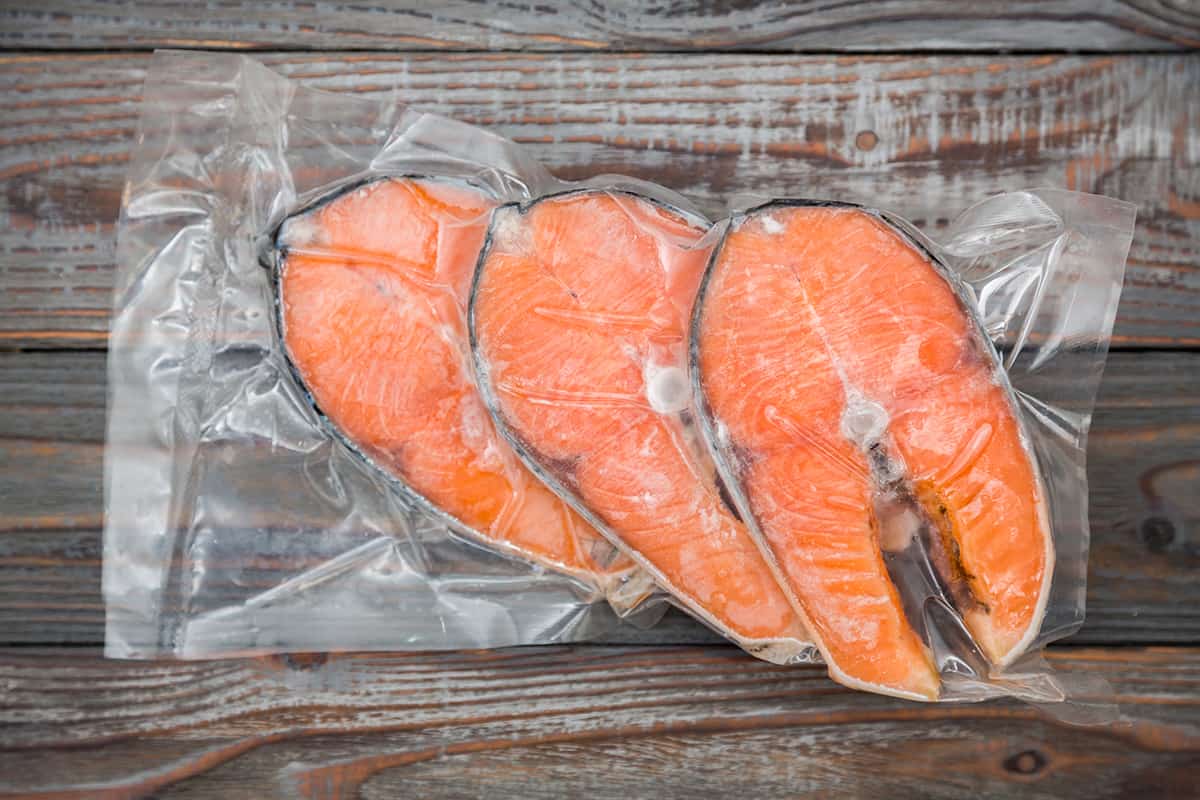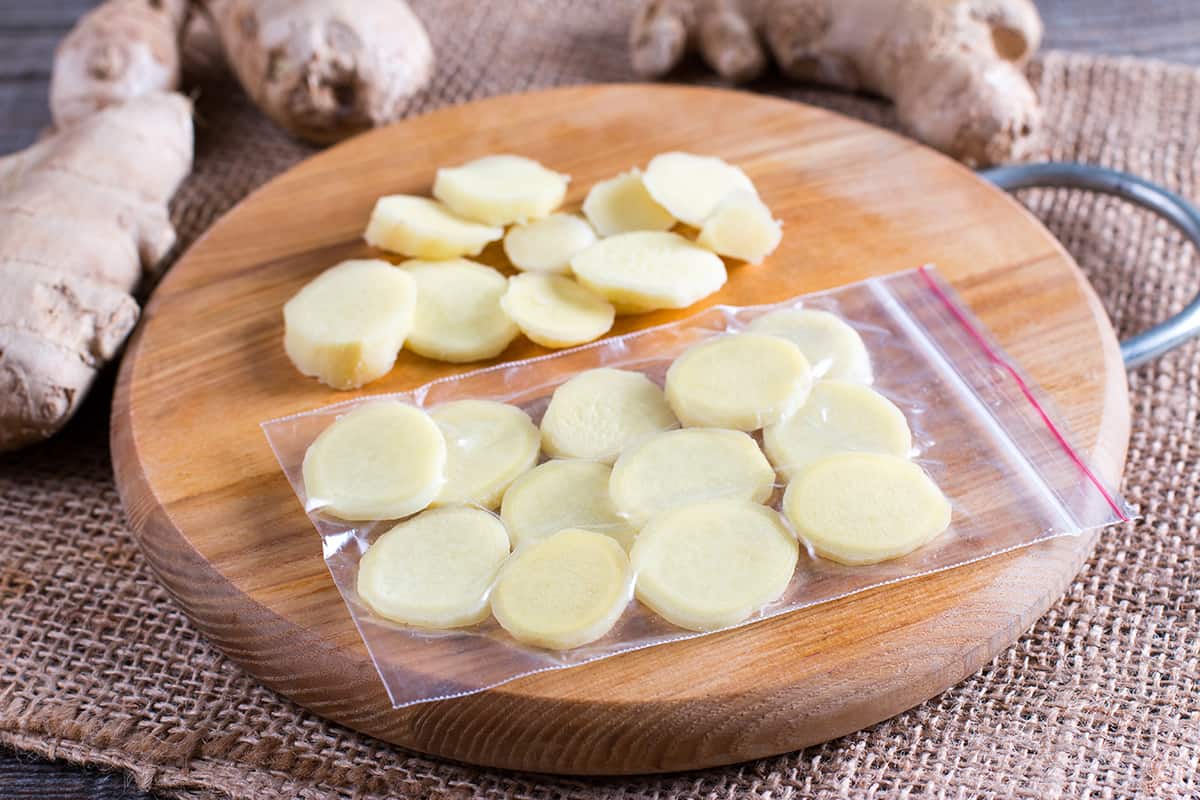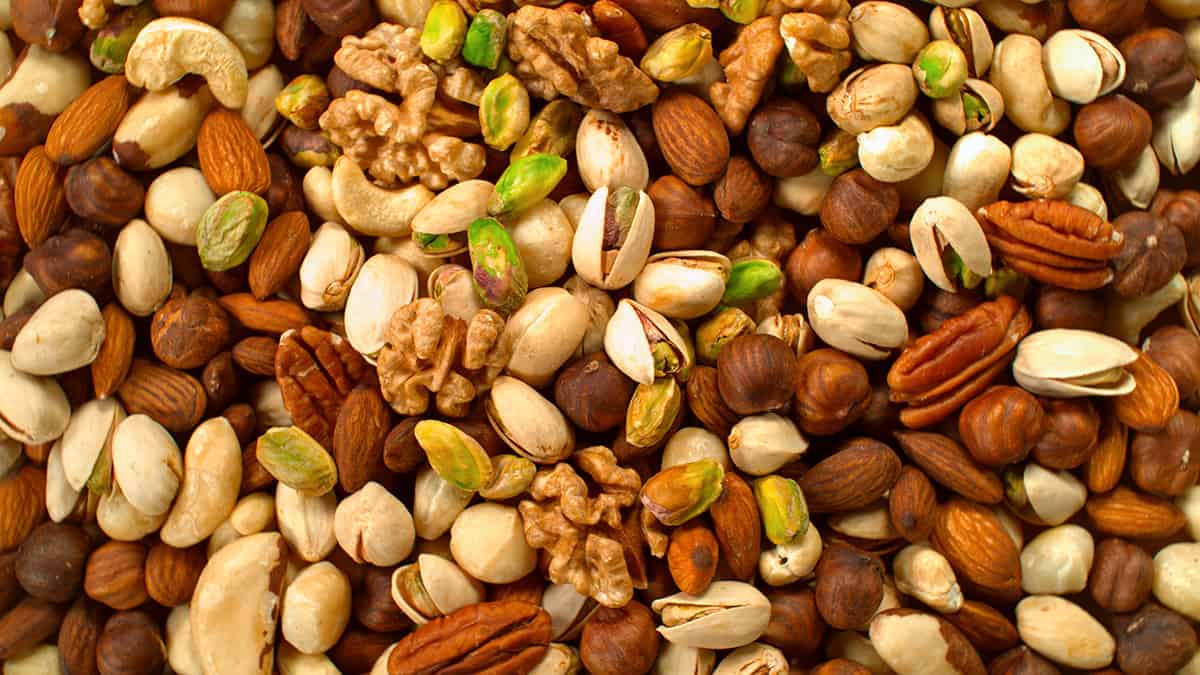Storing venison in the freezer is the best way to preserve it for future use. Freezing venison keeps its taste and texture intact so that you can use it for weeks or even months down the line. However, busy lives mean we don’t always remember to take food out of the freezer in advance so that it has time to thaw in the refrigerator before we use it.
If you want your venison ready to cook in a short amount of time, there are ways you can defrost it quickly.
The best way to defrost venison in a hurry is using the cold water method, or at a push, you can thaw it in the microwave. The fastest method is unfortunately not the best way to defrost venison. The safest and most effective way to thaw this type of meat is by refrigerating it for at least 24 hours.
Here we explain how to use these methods, along with the pros and cons of defrosting venison quickly.
How to Defrost Venison
Venison can be stored in the freezer for up to 6 months for the best flavor, but it will still be safe to eat beyond this time, you may just notice a loss of taste or texture.
When it’s time to cook and eat your venison, you’ll first need to defrost it. This can be done by moving the venison from the freezer to the refrigerator and leaving it for around 24 hours, or you can get the meat thawed more quickly by using the microwave or the cold water method.
Fast Ways to Defrost Venison
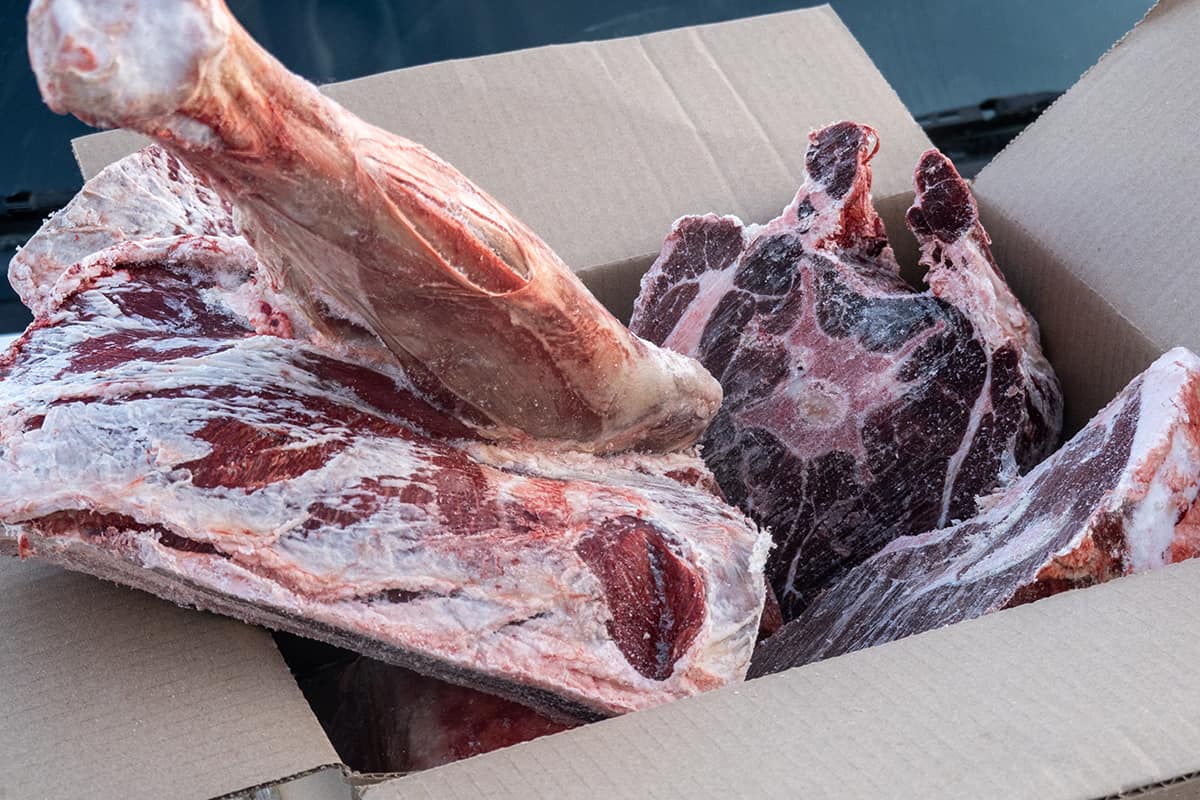
Venison is a dense meat that can take a considerable amount of time to defrost, but there are ways to speed up this process if you need your venison in a hurry.
The best way to speed up the thawing process is to use the cold water method. This will speed up the defrosting process considerably, but it can still take several hours depending on the size of your venison joint.
If you need the venison thawed in a matter of minutes, you can use the microwave to defrost the meat, but this is not the preferred method because it doesn’t give the best results.
Cold water method
To defrost venison quickly using cold water, you should leave your meat in its airtight packaging. Fill your sink or a large bowl with cold water from the tap, and submerge the venison in the water. Never use hot water to do this because this will cause the temperature of the venison to rise too quickly, creating an ideal environment for bacteria to thrive.
Using cold water allows the venison to defrost more gradually, while still speeding up the process compared with defrosting the meat in a refrigerator. The cold water you are submerging the venison in will need to be changed every 30 minutes.
Small cuts of venison which weigh in the region of one pound or less should thaw in around an hour using this method. Larger cuts can take 2 to 3 hours. Once the venison has thawed it will need to be cooked immediately.
Microwave defrost
If you haven’t got the time to defrost your venison using the cold water method, then you can defrost it in the microwave. To do this, take the meat out of the packaging and place it on a microwave-safe plate. You can then set your microwave to the defrost setting and put it on a timer depending on the size of the cut.
Microwaving the venison is the quickest and easiest way to defrost it, however, it doesn’t give the best results so this isn’t the most highly recommended method for thawing venison quickly. Microwaves don’t do a great job of thawing the venison evenly, so you will likely find that some parts of the meat will still be raw, while others may have warmed up to the point that they have started cooking.
Overall, a microwave gives you less control over the defrosting process, which can negatively impact the resulting venison.
What is the Best Way to Defrost Venison?
The best way to defrost venison is unfortunately not the fastest way. Thawing venison in the refrigerator overnight or for around 24 hours is hailed as the best way to defrost this type of meat because it is the safest. If you aren’t short on time, then defrosting venison in the refrigerator is also the easiest method, because it doesn’t require any intervention from you.
You can simply take your venison out of the freezer and move it right into the refrigerator, still in its packaging. All you need to do next is wait for the refrigerator to bring up the temperature of the venison, allowing it to thaw gradually. This method ensures that the venison does not reach temperatures which encourage bacteria to multiply, so you know you are eating a cut of meat that is perfectly safe to consume.
Can You Defrost Venison at Room Temperature?
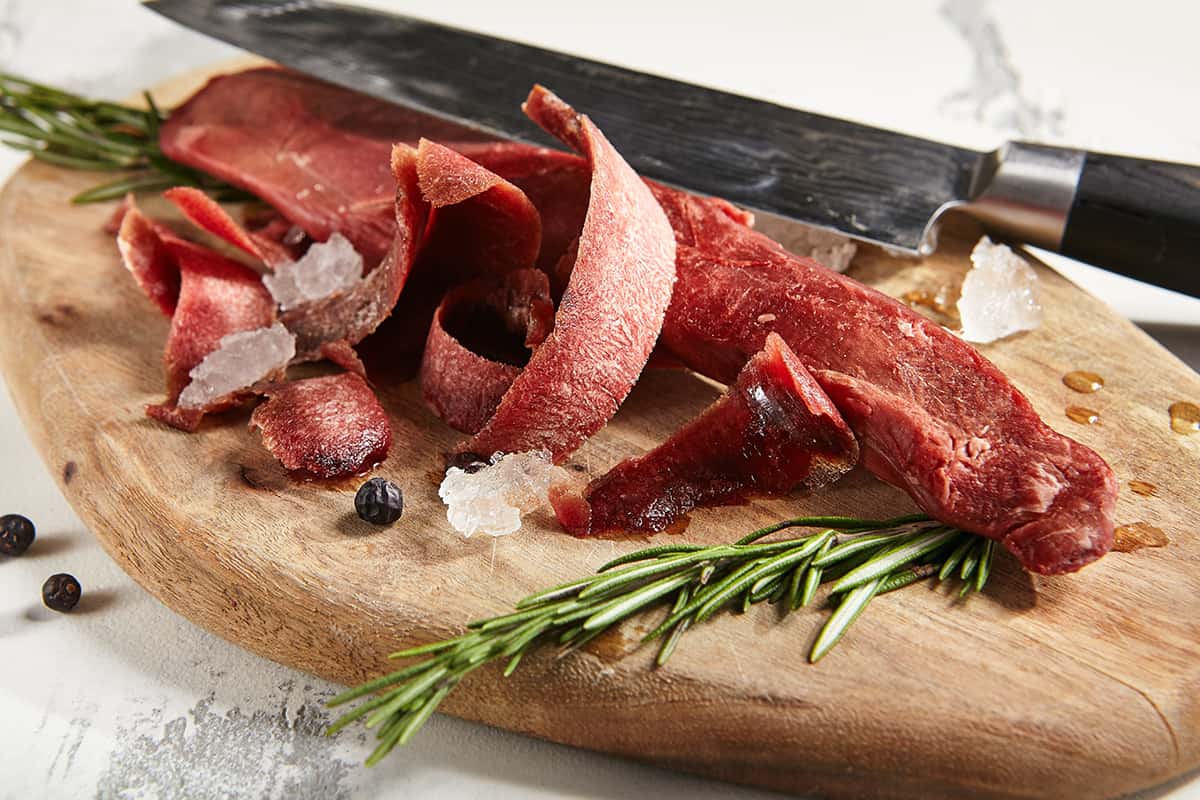
Venison, just like all other types of meat, should not be defrosted at room temperature. This is because the venison can reach temperatures which encourage bacteria to thrive, which can make the meat unsafe for consumption. Avoid leaving venison on the kitchen countertop for any longer than one hour, especially if the outside temperature is above 90 °F.
If the meat gets to temperatures of between 40 °F and 140 °F, this is known as the ‘danger zone’ and is the point at which bacteria will grow rapidly. It is advised that any type of meat should not be left at room temperature for more than two hours, maximum.
Can Venison be Cooked from Frozen?
If you’re really short on time, you can actually cook your venison without defrosting it first. The cooking process will take around 1.5 times longer than if you were cooking thawed or fresh venison, and you will need to take an internal temperature of the meat before you serve it to ensure it is safe.
The minimum internal temperature of venison which has been cooked should be 160°F. You should check this using a meat thermometer since it is the only way to determine for certain if the frozen venison has been adequately cooked through.

